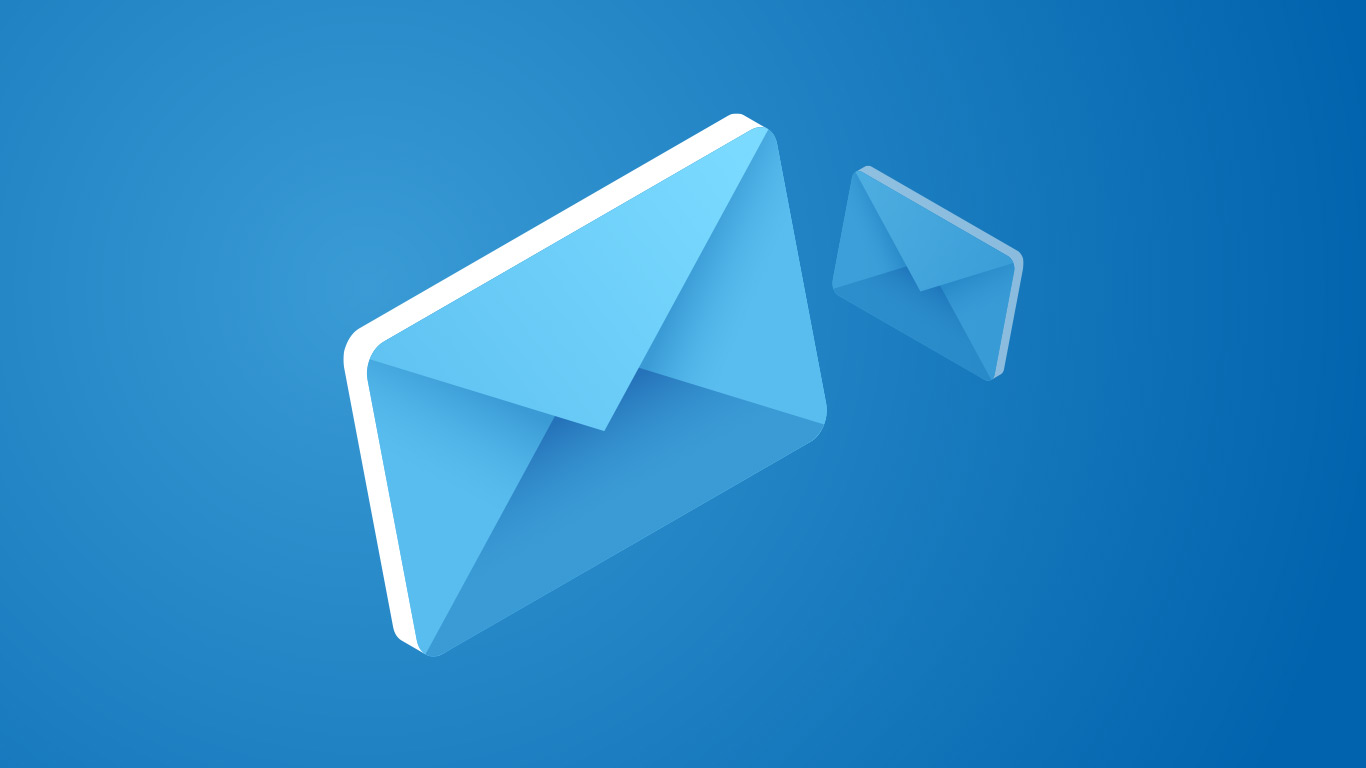
The average internet user receives about 90 emails per day. So, it’s not an easy task to stand out from the crowd. And if you make some simple or silly mistakes then you will certainly fall behind.
But still, there are some common mistakes that happen often. This post will point out those mistakes that you should avoid in your future email campaign.
- Avoid Email Duplicity
- Grab the reader with the headline/subject
- Broken Links
- Establish trust
- Keep them regular
- Keep it short and simple
1. Avoid Email Duplicity
It usually happens when you become lazy. The days of mass and bulk emails are long gone. So, you cannot send the same email to everyone on your email list. Because customers tend to filter out the information they don’t need.
Also, if you send out bulk emails then you may lose the opportunity of the segmentation email possesses.
However, there is a solution. You need to build an email list first. This list will help you to create segmentation. Once you are done with segmentation then you need to determine targeted messages and newsletters. We can say, segmentation is the key to long term success of email newsletter strategy.
2. Grab the reader with the headline/subject
When an email arrives in the inbox, we first see the subject line. It takes about 2-3 seconds to decide whether to open the email or not. That decision comes from the first expression. And the subject line can leave an effective first expression to the recipients.
If the subject line is not attractive enough then there is a fat chance the email will stay in the unread section. So, if you sending a newsletter then the subject line should reflect what the email is all about.
Perhaps, the subject line should influence the readers to open the mails. It will be helpful for increasing open rates and engagements.
3. Broken Links
Well, it must be irritated for you while after clicking on a link it redirects you to a 404 page. Probably you will not open another link from that email sender.
So, before sending any email it is necessary to test out the email and also the link. Otherwise, if you insert a wrong link, it will only frustrate your subscribers.
4. Establish trust
Make sure that you are consistent with your newsletters and that your subscribers know what to expect when they open and read your newsletter.
That doesn’t mean don’t add variety or try new techniques. It just means, make sure that your subscribers don’t feel tricked because your subject line bears no resemblance to the content of the newsletter. It means, make sure that your subscribers trust what you have to say and treat you as an authority on your subject.
5. Keep them regular
It is one of the most important things to know as a marketer. You should not send an email in an inappropriate time. But if you maintain an engagement metric then it will become easier to identify the appropriate time to send an email newsletter.
These timings can be best for sending emails,
- Quarterly
- Monthly
- Weekly
- Daily
This metric will not only help you but also give you a chance to follow up. That way you can easily build your relationship with the customers.
6. Keep it short and simple
Time is very important for people. They want to know the exact point of the matter quickly. The attention span of people is growing less by the day. So, your newsletter should be short and to the point.
Moreover, people should understand what they are reading by the first 2 lines. If you want to increase the use of CTA or Links then don’t try to over-exaggerate or oversell your content. Clients will get bored and there is a high chance of unsubscribing.








